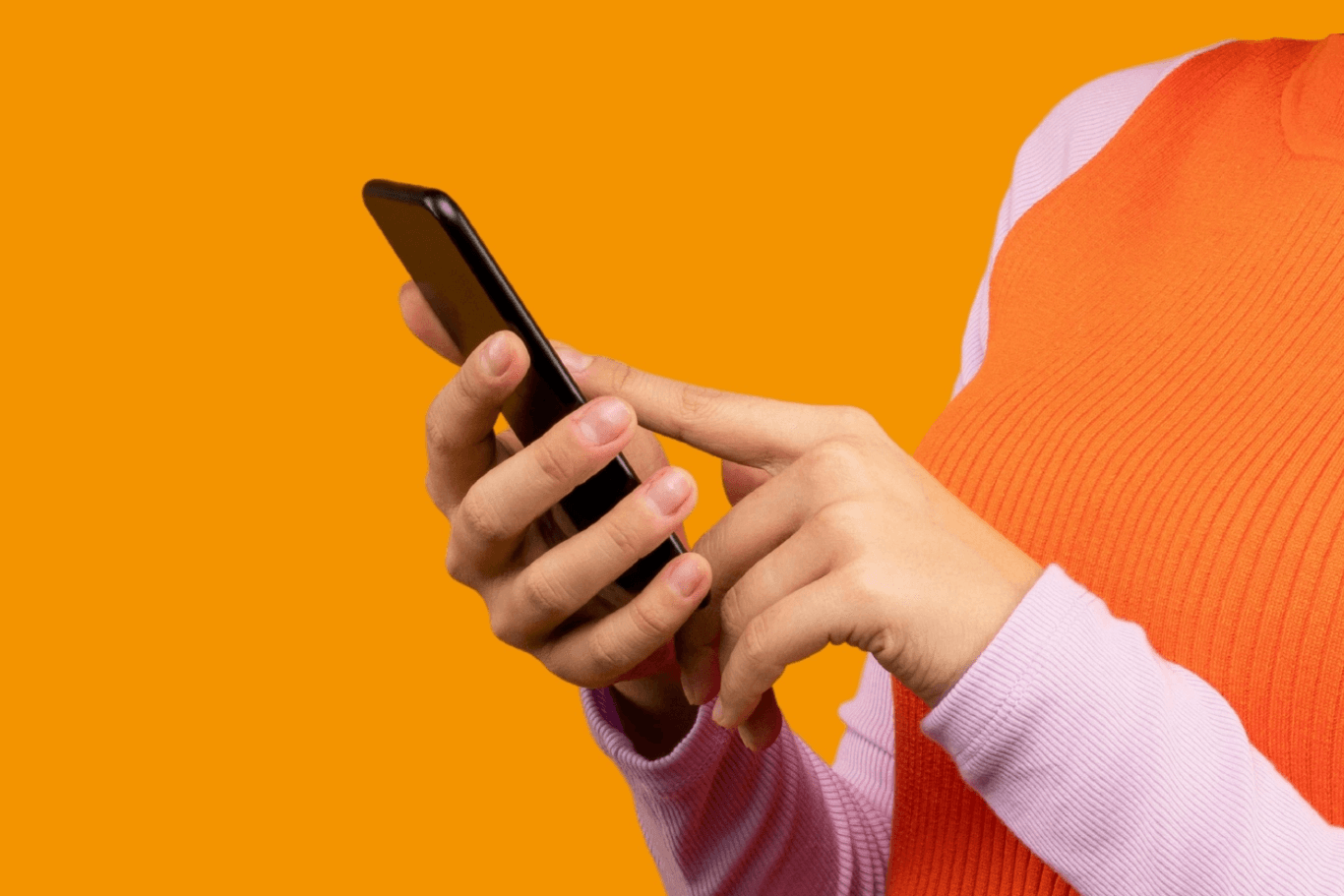
Q&A: Biometric security in mobile phones

How secure is biometric authentication in mobiles?
Even the most basic biometric solutions are far more secure than a PIN or password. The real strength of biometrics is combining high security with great usability — your device simply recognizes you. Add anti-spoofing and liveness detection, and the protection against manipulation and fraud becomes even stronger.
Fingerprint vs face ID – which is more secure?
It’s not a black-and-white question. Security depends on the combination of hardware sensors, software algorithms (matching and anti-spoofing), and implementation. Apple claims Face ID has a 1 in 1,000,000 false accept rate (FAR) — but that doesn’t cover close biological similarities such as twins or family members. Many have seen their kids, as I have with my own son, unlock others family members' phones with face recognition. With our latest fingerprint algorithms, security is well above that level — without the “family risk.” Overall, I’d say fingerprint is the safer bet, even if there’s no absolute answer.
What about the user experience?
Both fingerprint and face recognition work very well, but the experience depends on the situation and personal preference. Face recognition can be less reliable in bright sunlight, complete darkness, or when wearing masks or goggles. Fingerprints, on the other hand, can be inconvenient with gloves or wet hands. Neither perfect in every scenario, but in my view, fingerprints typically offer the best balance between strong security and everyday usability.
Can you maximize both security and usability?
Yes, but it’s a challenge. It’s easy to build a system that’s ultra-secure but frustrating to use — or one that’s smooth but compromises on security. The real innovation lies in combining both, and the truth is that very few will use a system with poor user experience. That makes this balance even more important. At Precise, we design algorithms that deliver both high security and the seamless experience people expect on their phones. This is the difference between a premium system and the budget one.
What’s next for mobile biometrics?
Making sure our mobile phones are trusted with high security will become even more important as we rely on them for far more than calls — including payments, authentication, and location services. Fingerprint technology will keep advancing, especially with ultrasonic sensors and anti-spoof solutions to counter fraud and manipulation. Face recognition will evolve too — but fingerprints have the edge of being more cost-effective, easier to implement, and truly unique even within families. The future isn’t about choosing one or the other but about giving users the flexibility of choice.